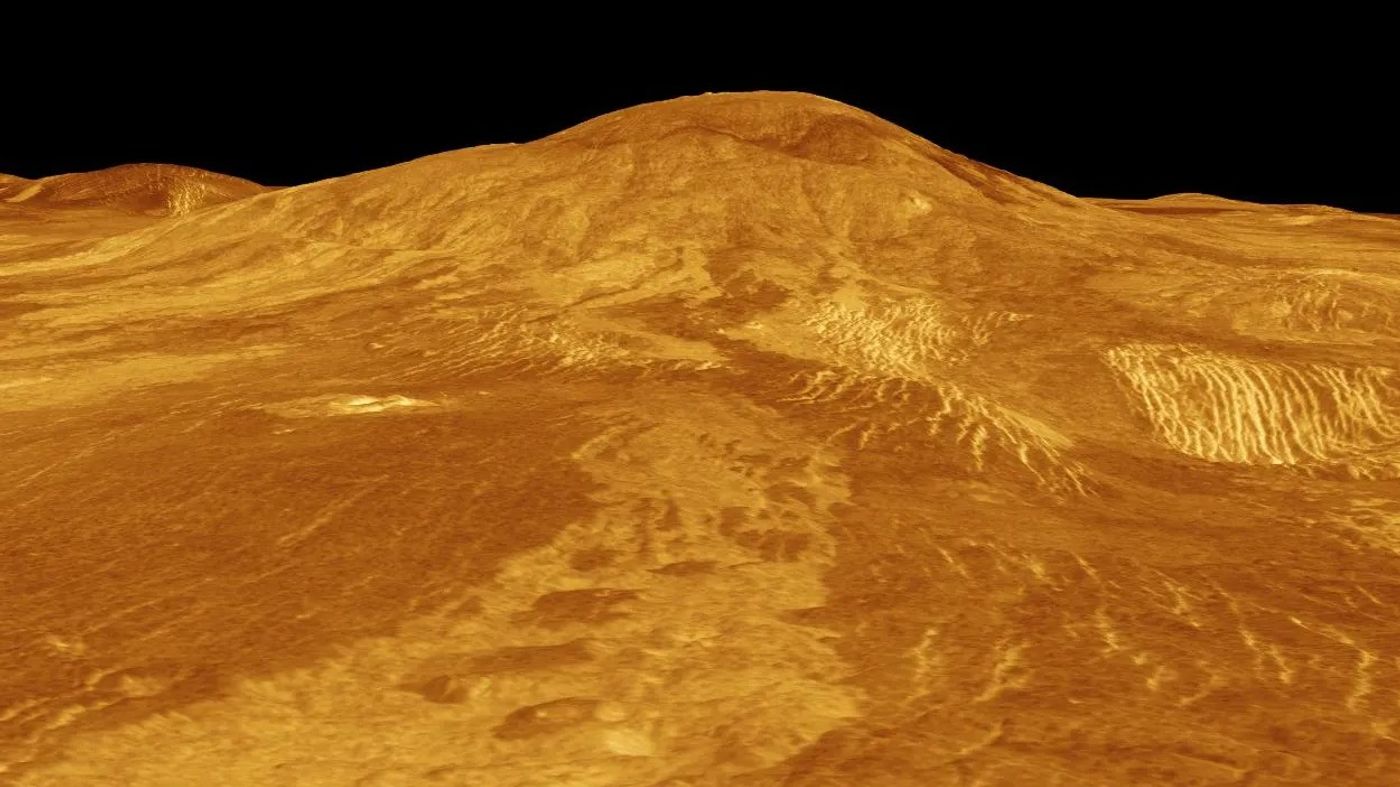Active Volcanoes on Venus Offer Insights into Planet's Interior and Evolution
The planet Venus has been revealed to have past volcanism across its surface, but could this volcanism be active today? This is what a recent study published in Nature Astronomy hopes to address as a team of international researchers examined archival data from NASA’s long-retired Magellan spacecraft (which was intentionally burned up in Venus’ atmosphere in 1994) and builds on a 2023 study that discovered volcanic activity having occurred between February and October 1991. This recent study holds the potential to help scientists better understand how widespread recent volcanic activity could be across Venus’ surface, which is the hottest planet in the solar system, along with having surface pressure greater than 90 times that of Earth.
For the study, the researchers analyzed radar images obtained by Magellan in 1990 and 1992 of two distinct locations on Venus, one consisting of a single volcano (Sif Mons) and the other location consisting of several volcanic features (Niobe Planitia). To ascertain changes in volcanic activity, the researchers carefully analyzed radar signal data, also called backscatter data, from both locations and both years. In the end, they discovered changes in radar signal strength, indicating new rock formations, likely from volcanic activity that occurred between 1990 and 1992.
A computer-generated 3D model of the volcano Sif Mons on Venus, with this study using data from NASA’s Magellan mission to identify evidence of volcanic activity in the early 1990s. (Credit: NASA/JPL-Caltech)
“We interpret these signals as flows along slopes or volcanic plains that can deviate around obstacles such as shield volcanoes like a fluid,” said Dr. Marco Mastrogiuseppe, who is a researcher at Sapienza University of Rome and a co-author on the study. “After ruling out other possibilities, we confirmed our best interpretation is that these are new lava flows.”
This study comes as NASA plans to launch its VERITAS (Venus Emissivity, Radio science, InSAR, Topography, And Spectroscopy) mission in the early 2030s with the goal of obtaining new radar maps of the Venusian surface, along with producing 3D global maps, as well.
What new discoveries about volcanic activity will researchers make in the coming years and decades? Only time will tell, and this is why we science!
As always, keep doing science & keep looking up!
Sources: Nature Astronomy, Science, NASA









